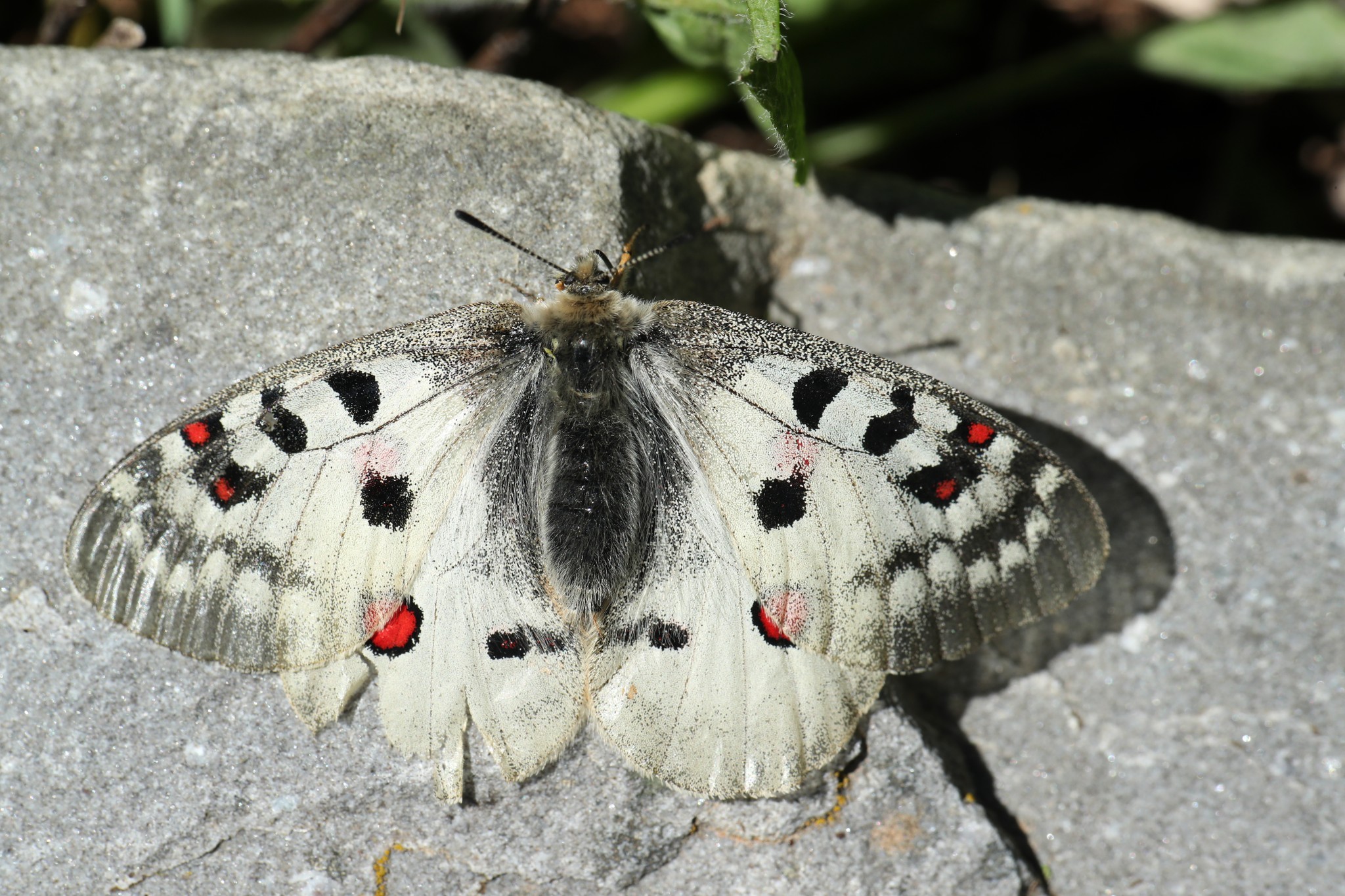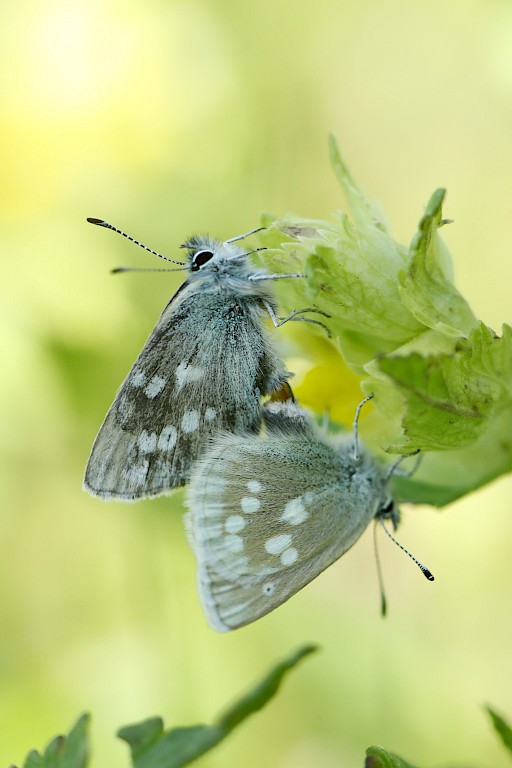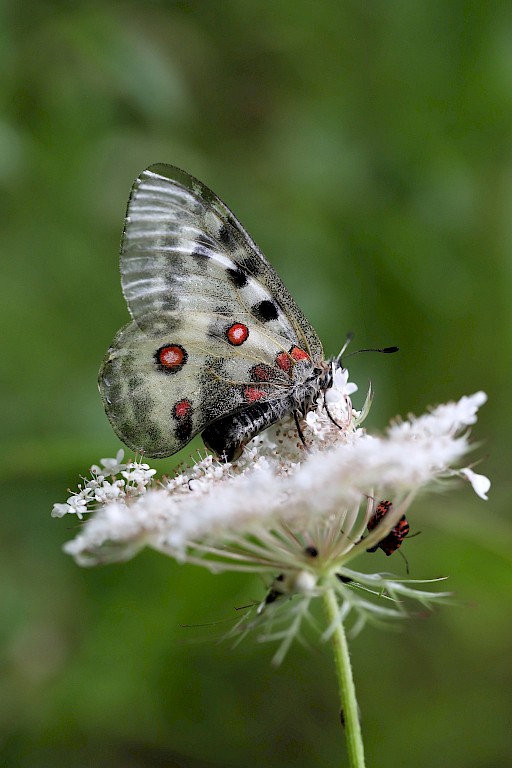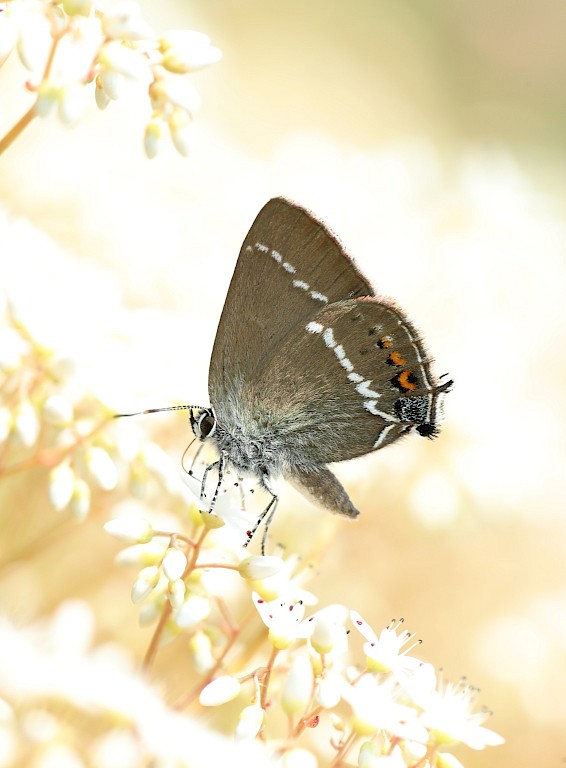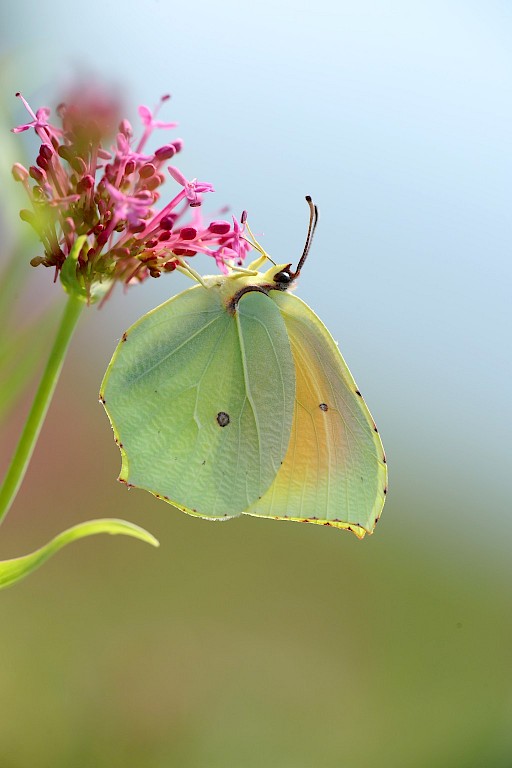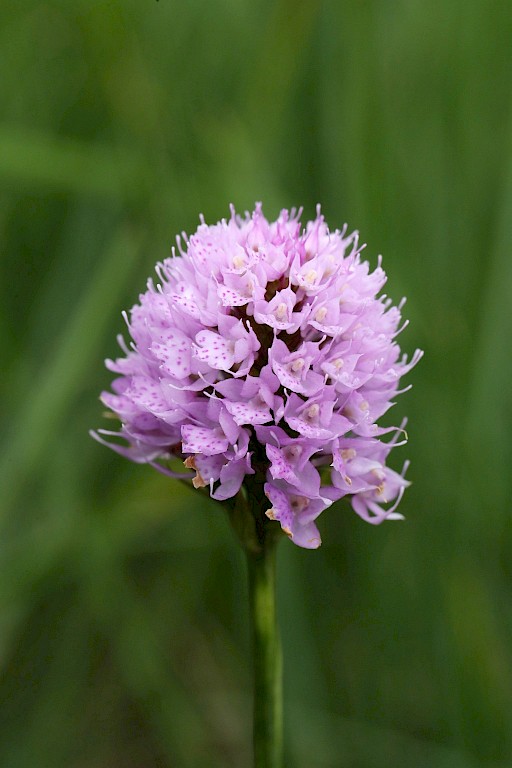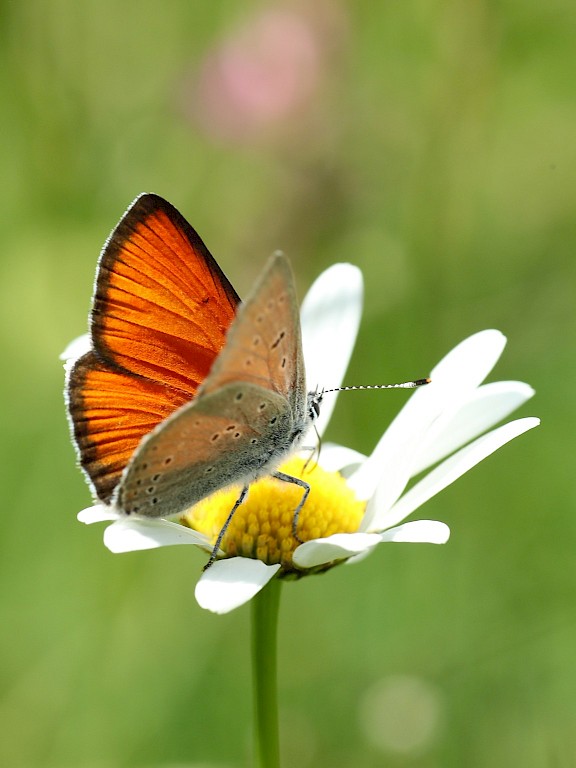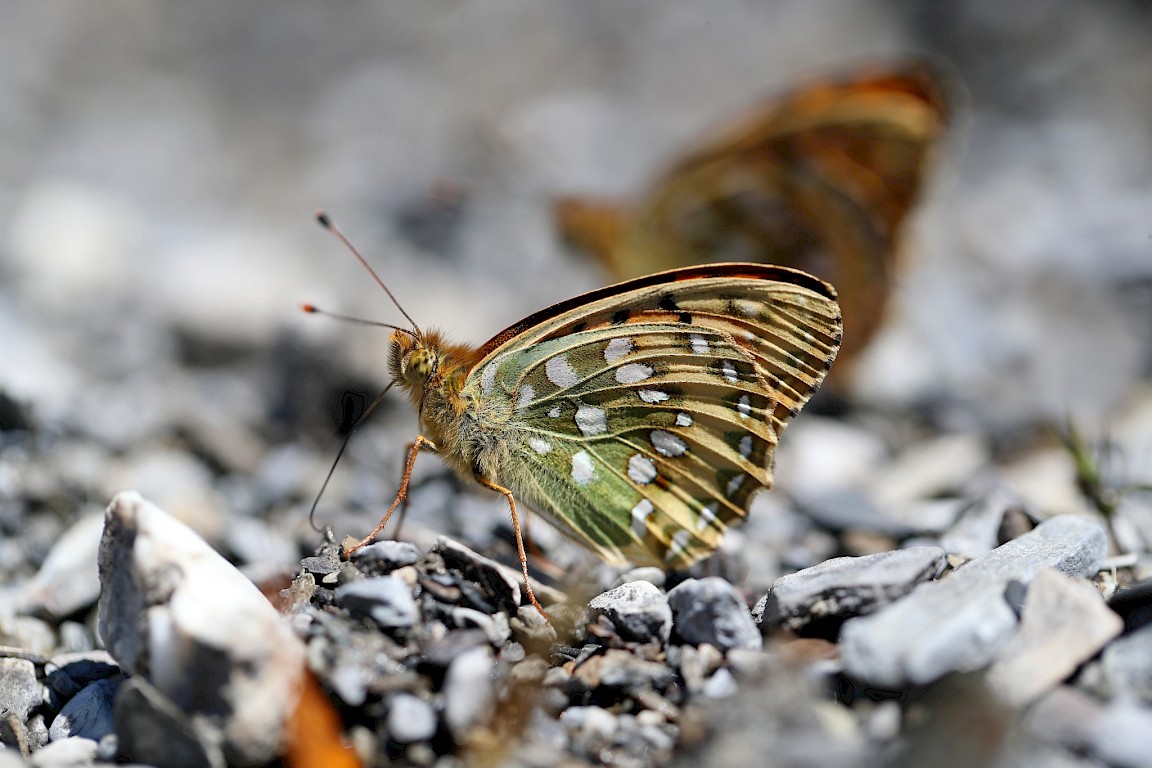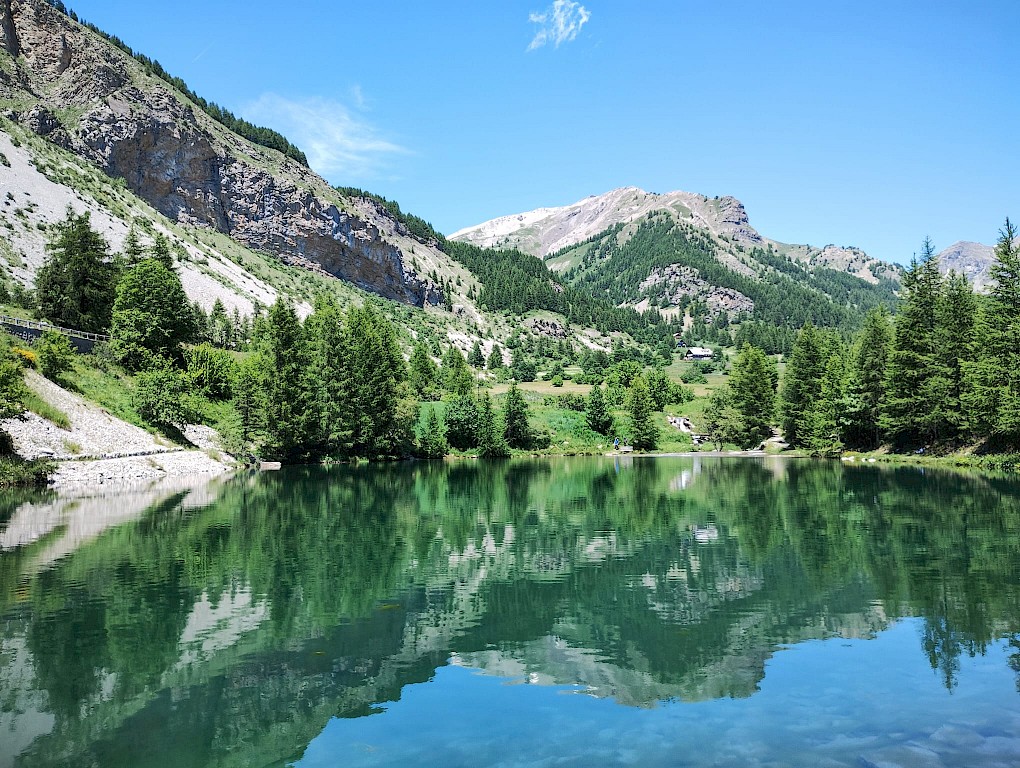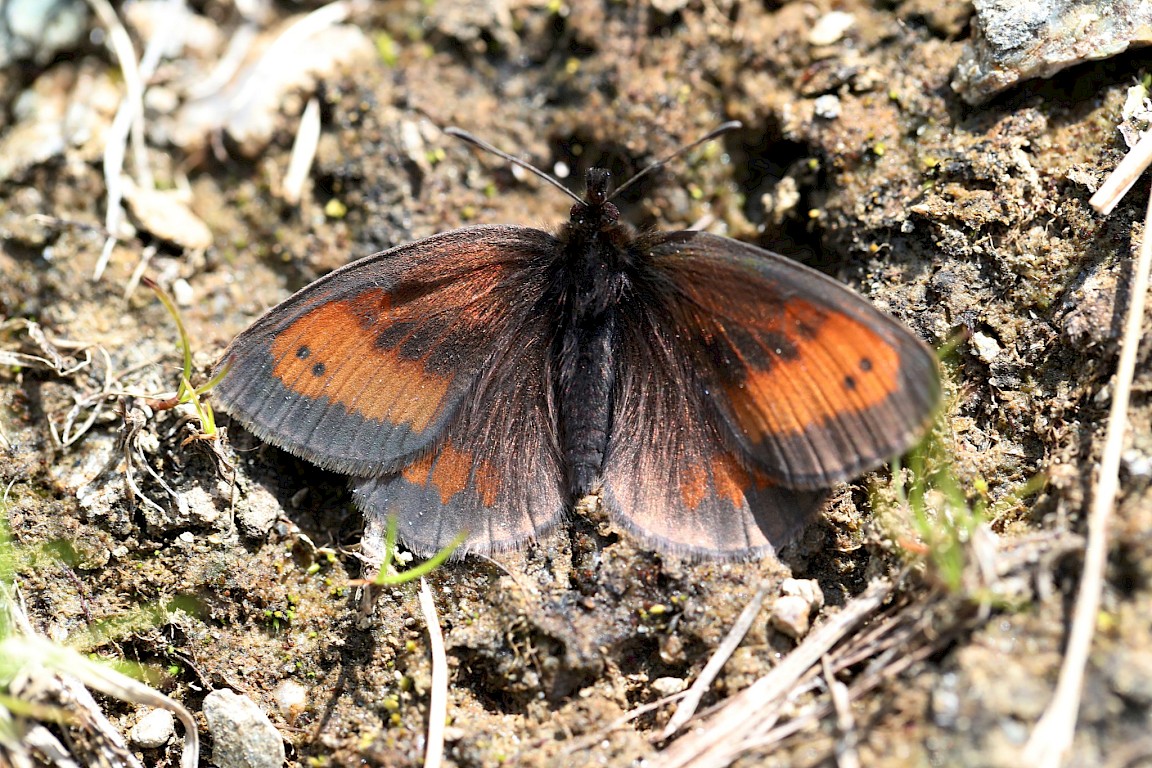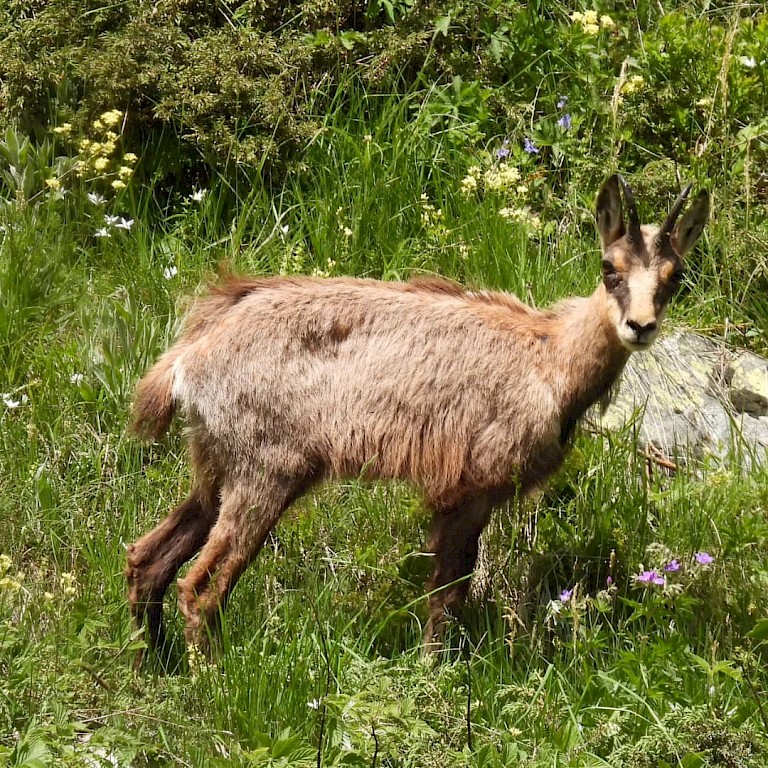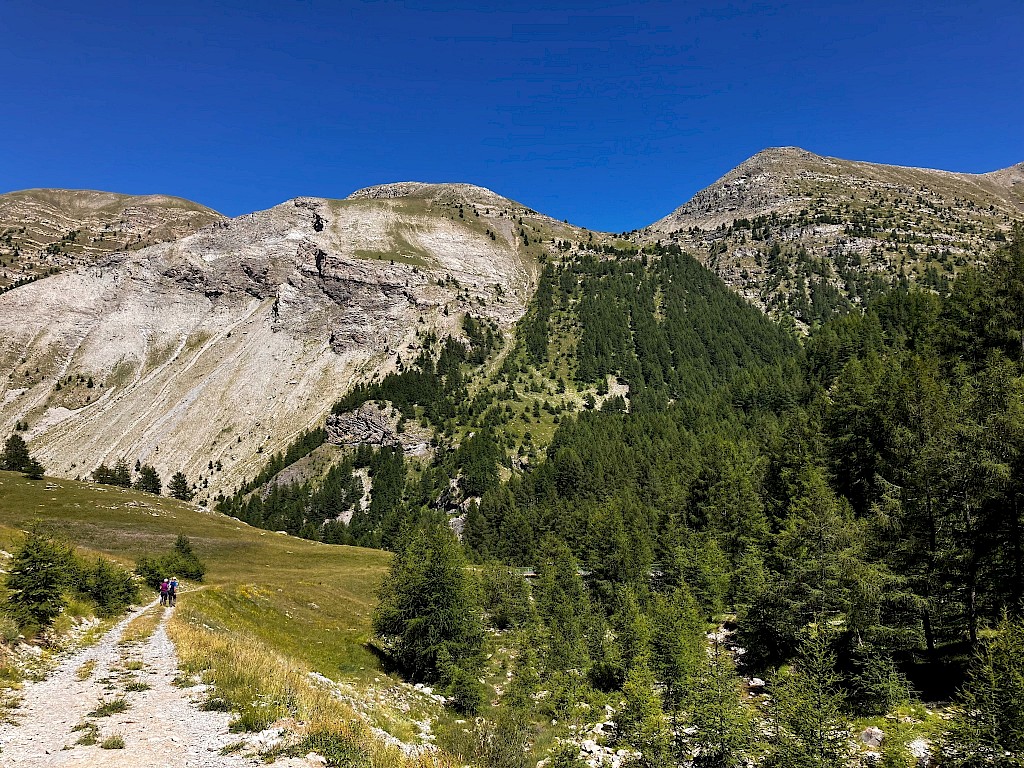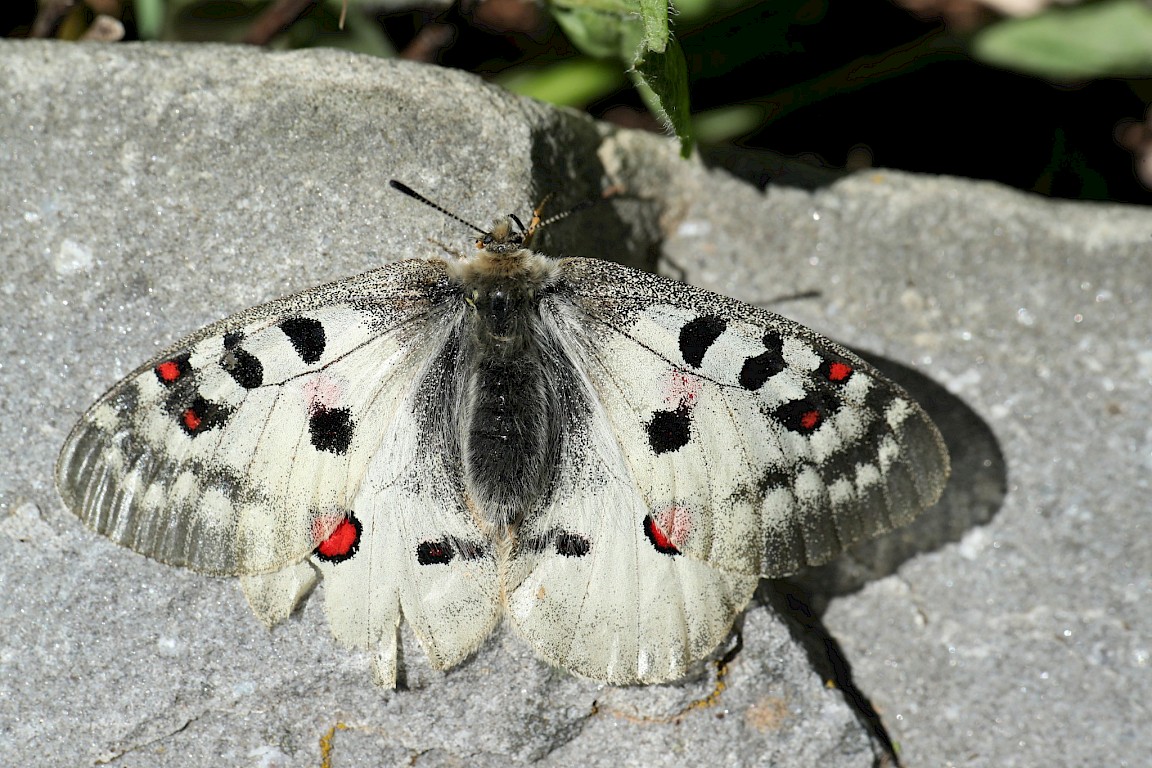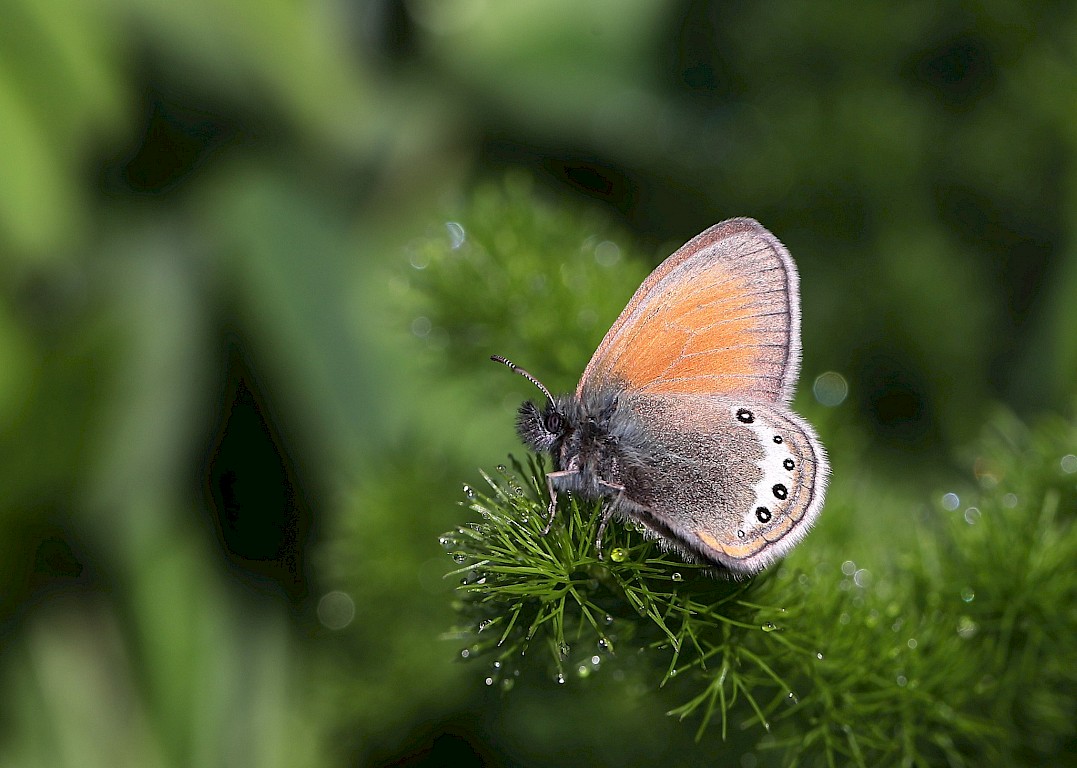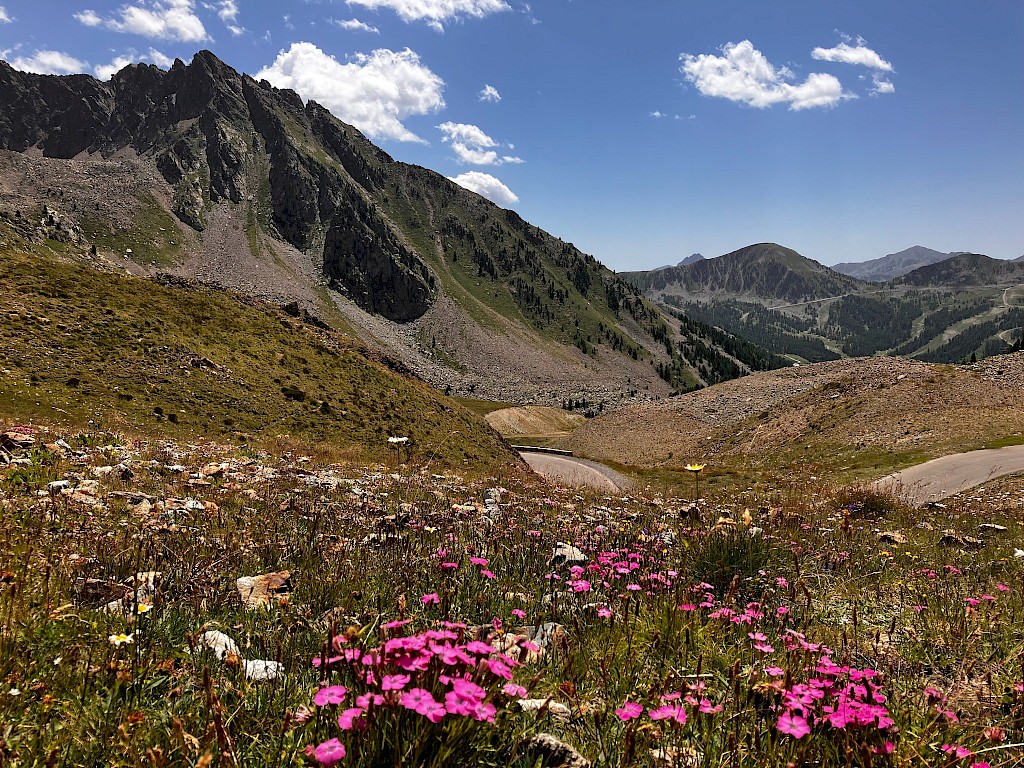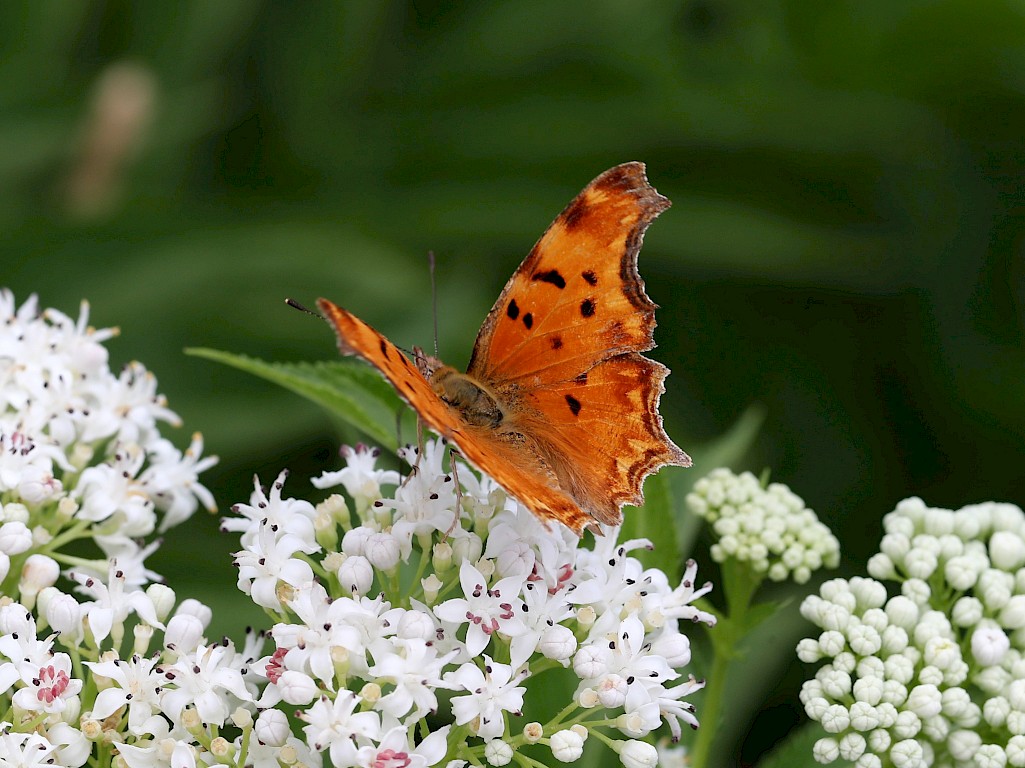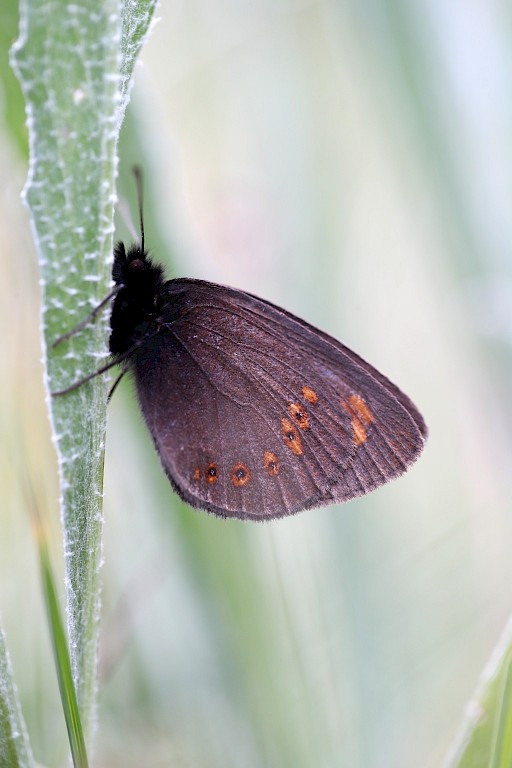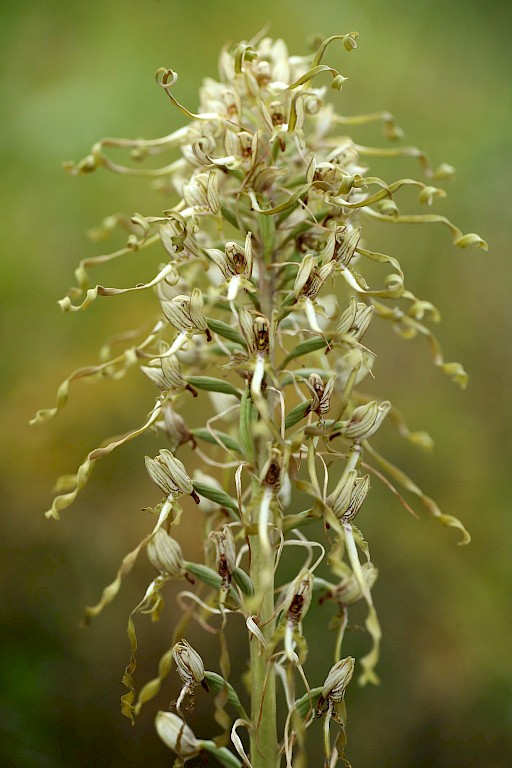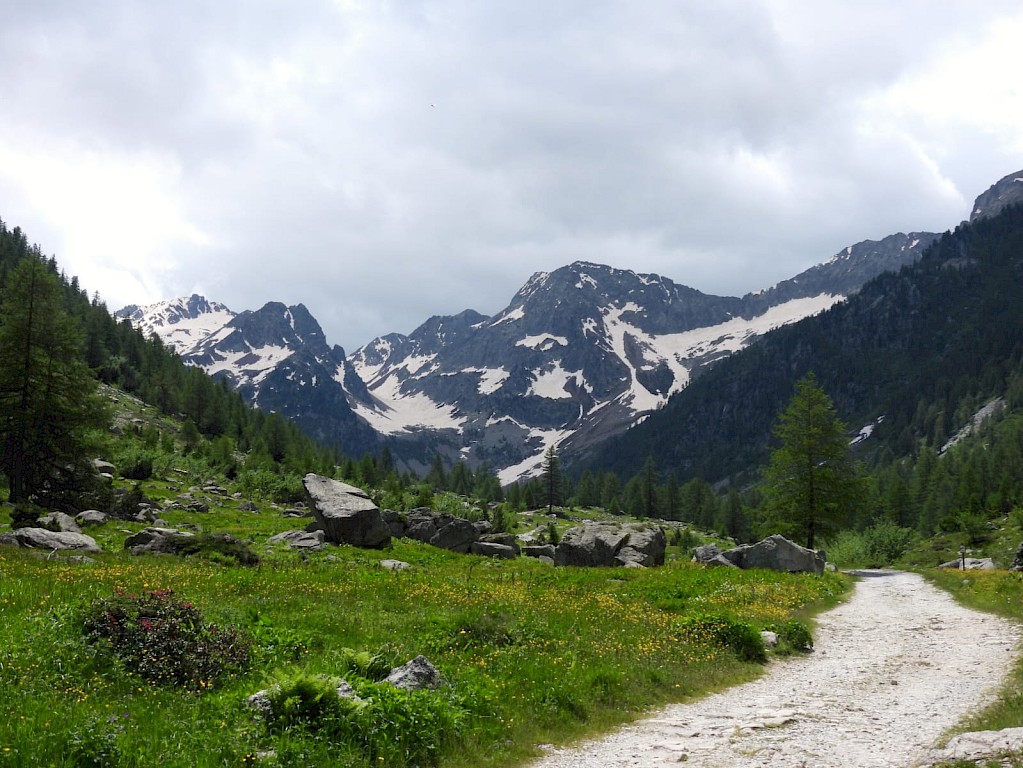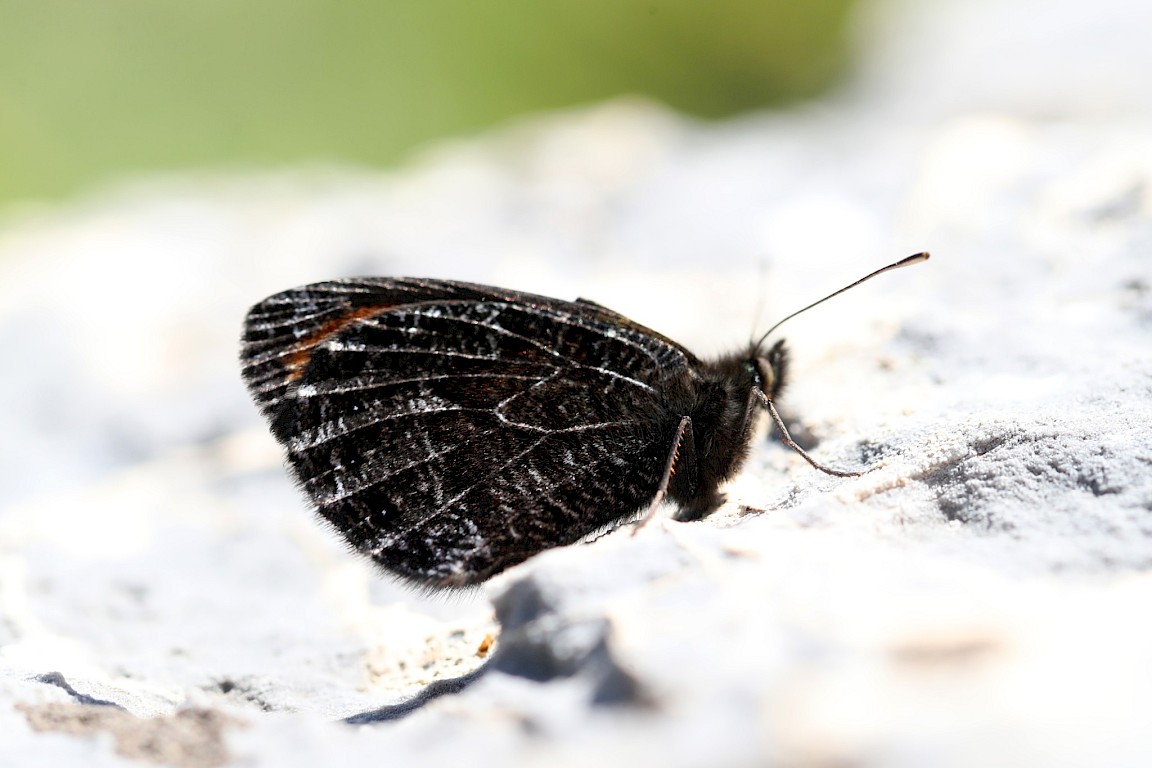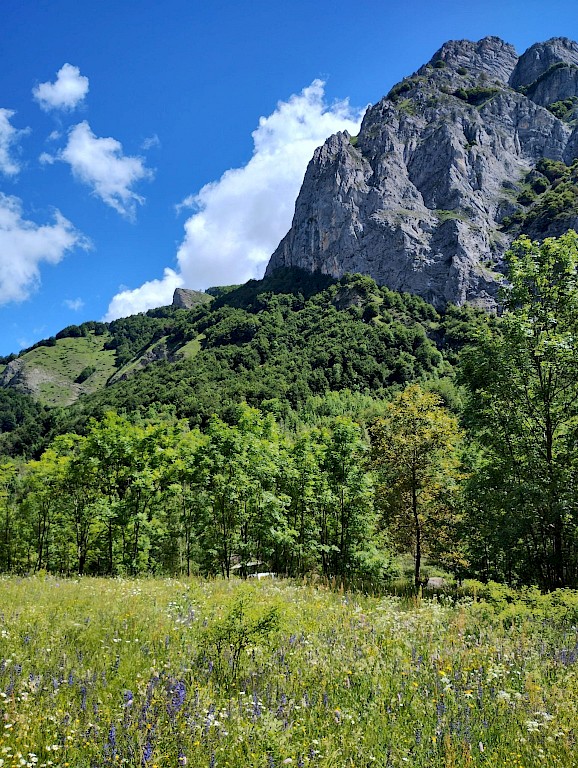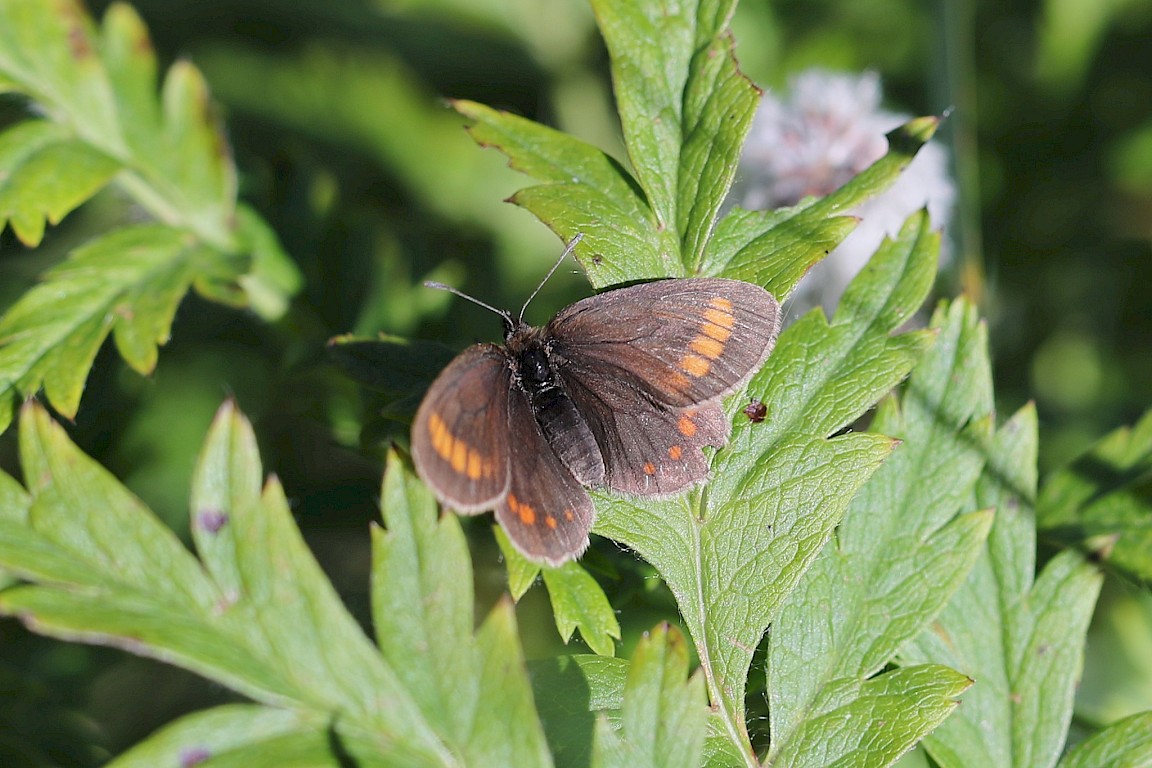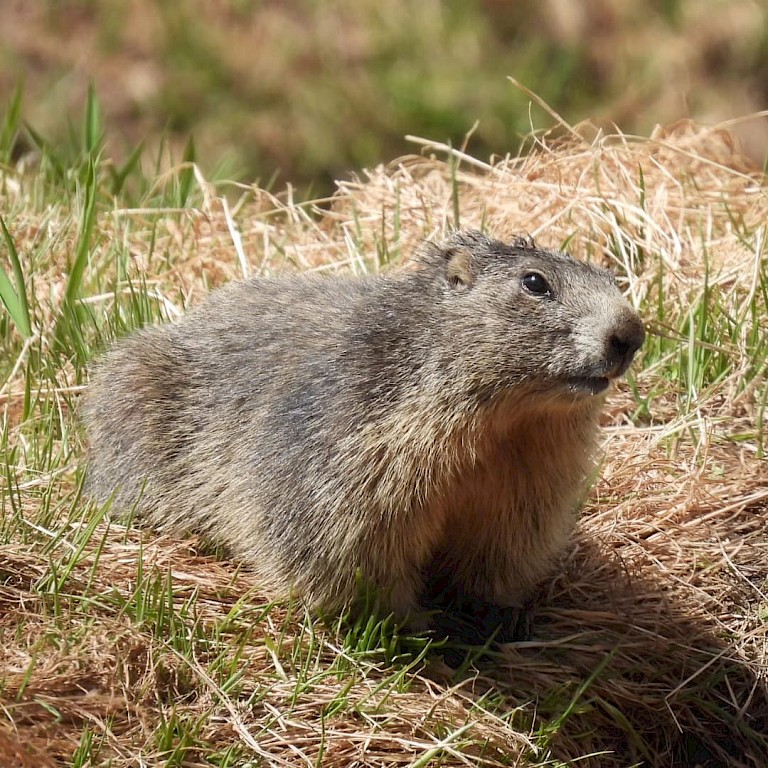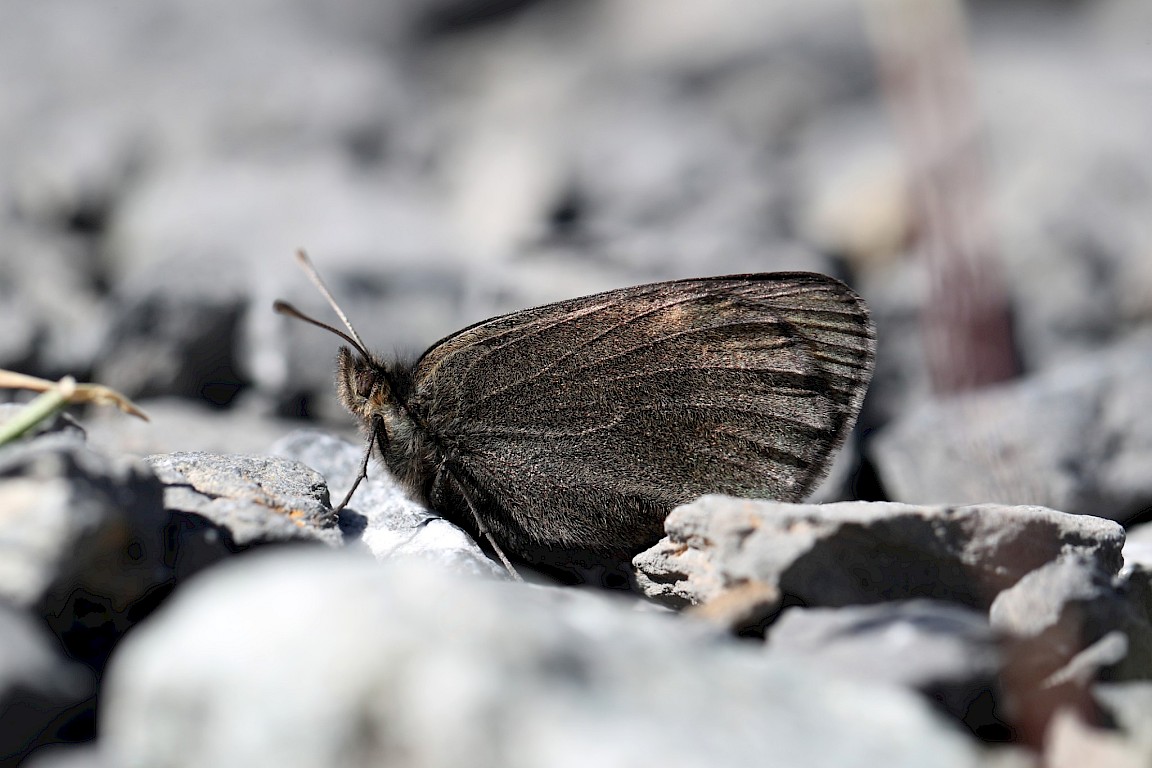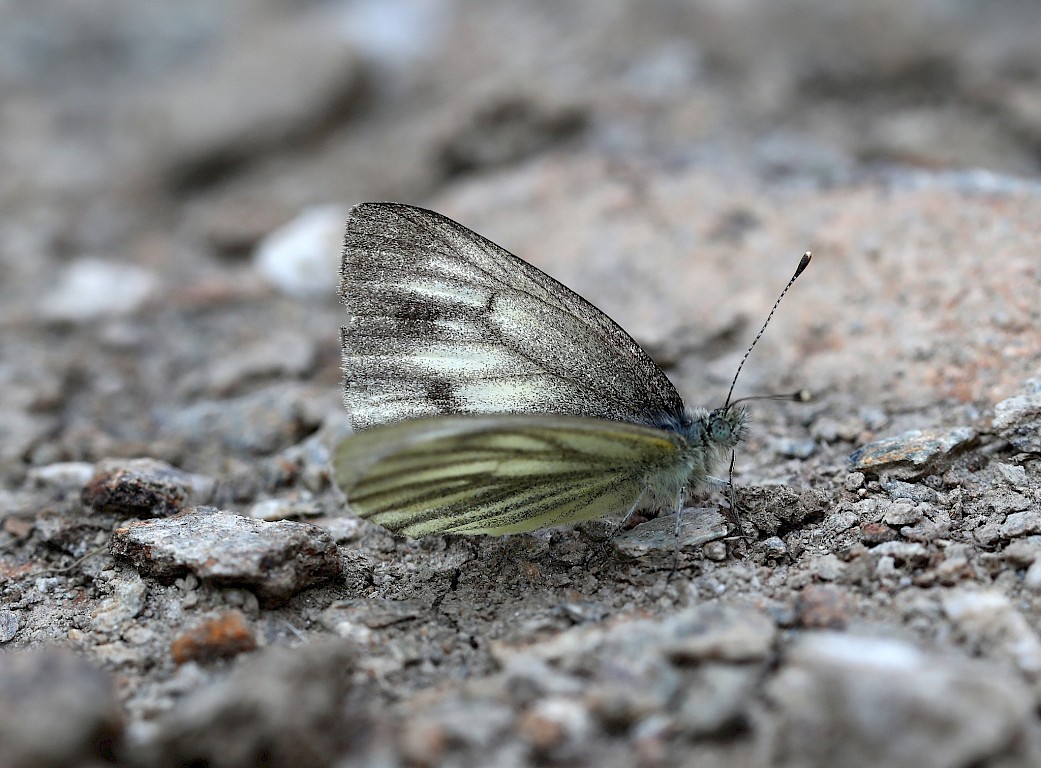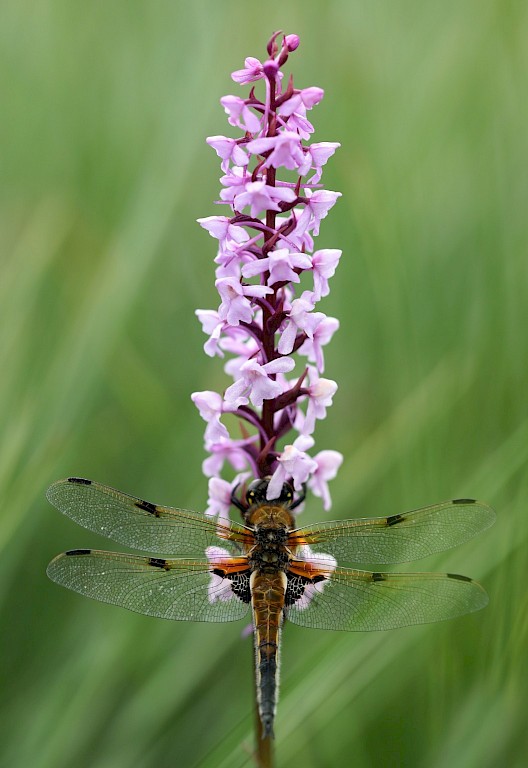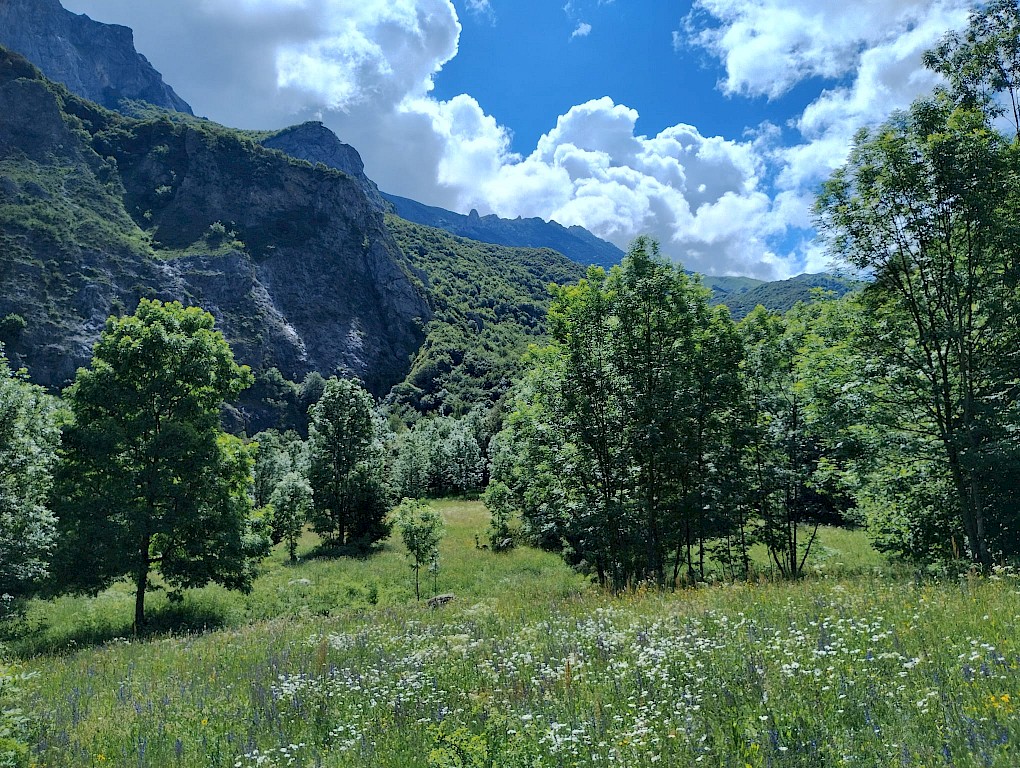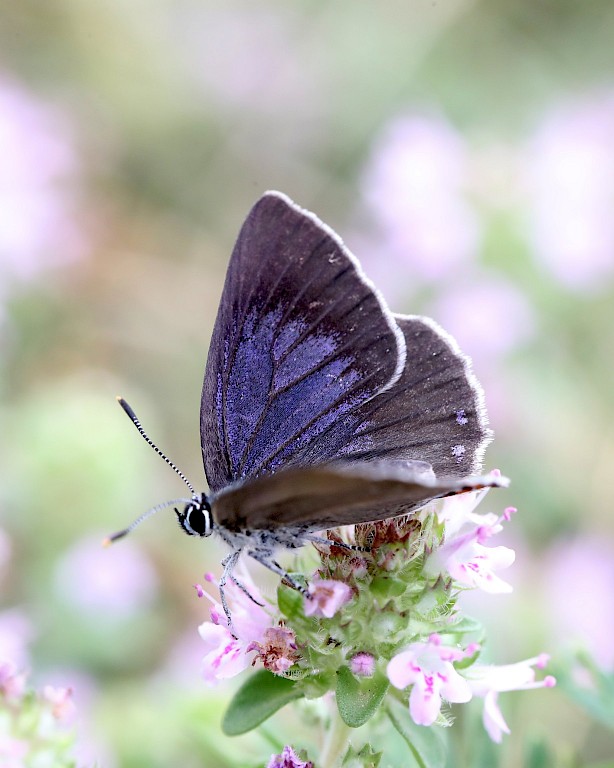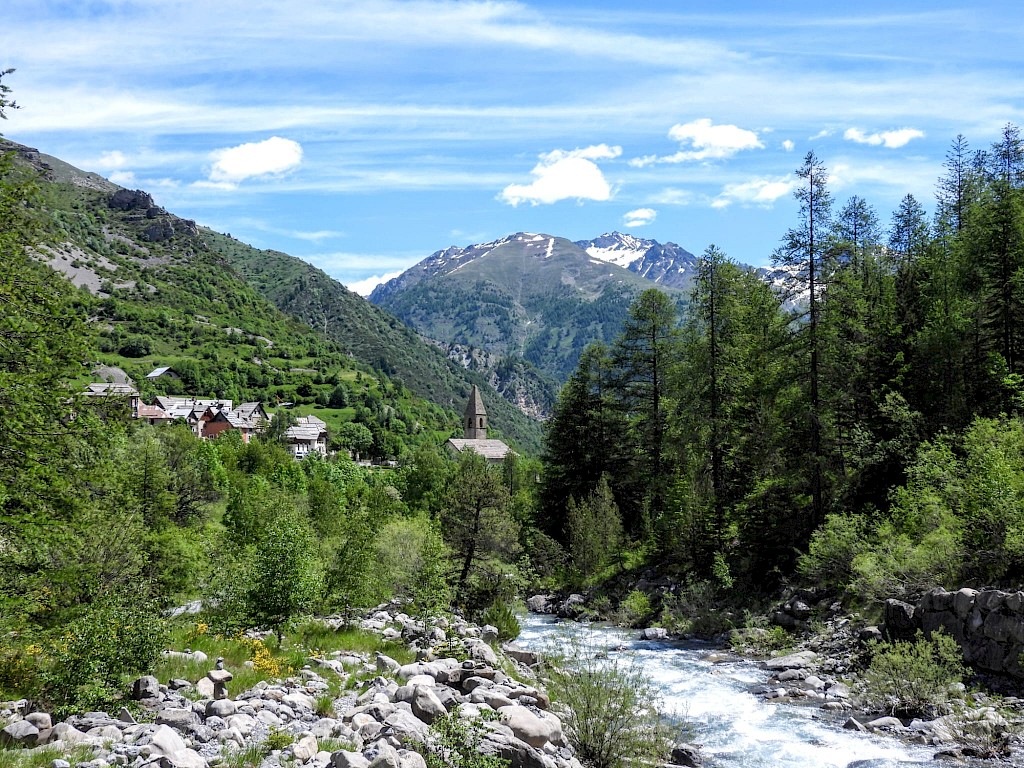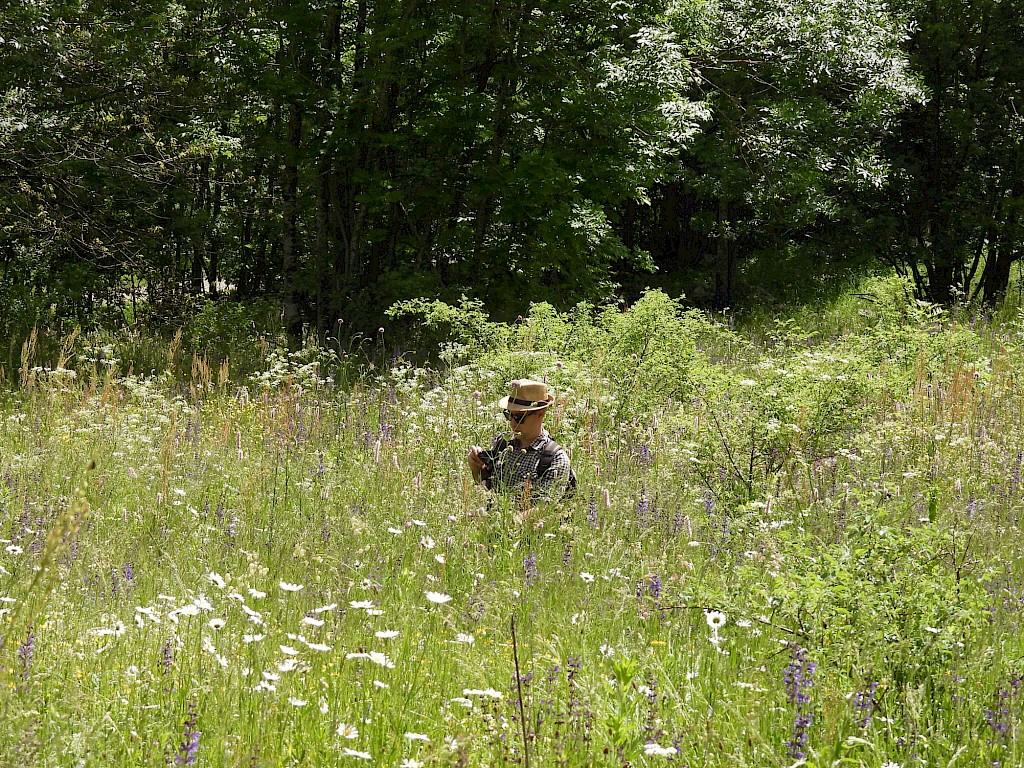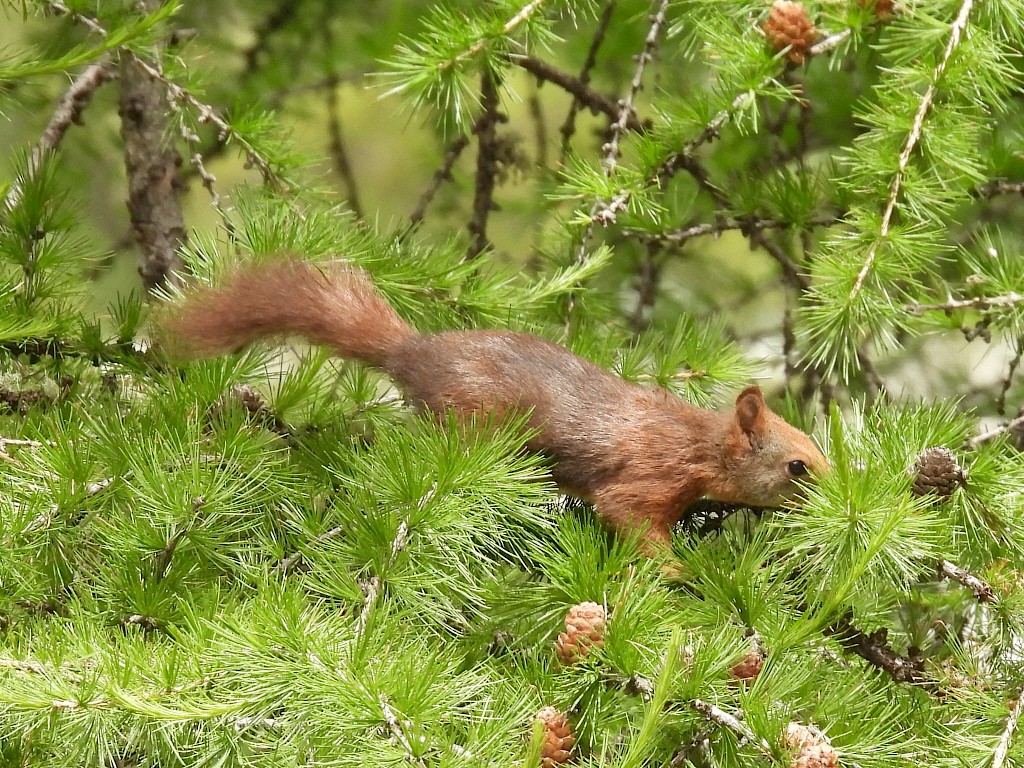We’ve been exploring the French Alps for many years now, returning summer after summer to immerse ourselves in the huge range of butterflies to be found in the region at peak flight season in early July. The significant altitude and area encompassed by the Mercantour and Queyras National Parks ensure that this tour is absolutely jam-packed with butterflies from start to finish, giving both the spectacle of some species on the wing in immense numbers, and a fine selection of scarce and downright hard-to-find species as the cherry on the cake.
We base ourselves in two hotels over the course of the tour, all the better to reduce daily time on the road and to maximise time in the field, and to allow us to greatly enlarge the overall geographic scope of the tour. Our first hotel, in the heart of the Mercantour National Park, is one we’ve returned to time and again – it is small, charming and family-run, with a sunny terrace to enjoy a cold drink upon that encompasses a magnificent panoramic view of the mountains.
As base for the first few days of the tour, it’s superb, with excellent butterfly-hunting potential on our very doorstep. Seventy species can be seen within walking distance of the hotel, including such desirables as Poplar Admiral Limenitis populi, Southern Comma Polygonia egea, and Meleager’s Blue Meleageria daphnis. The village in which we stay has many flower-rich gardens which lure a host of butterflies to come to us – and a very short walk puts us amongst wildflowers and fruit trees in the countryside that attract more besides, including Baton Blue Pseudophilotes baton and Chequered Blue Scolitantides orion, in addition to several hairstreaks and maybe the odd Large Tortoiseshell Nymphalis polychloros.
Short drives from here will greatly expand upon this strong start, taking us to a range of sites that we know will deliver key species like Mountain Alcon Blue Phengaris alcon amongst hordes of other butterflies on the wing. Our exploration will eventually lead us up through the Tinée valley to the Col de la Bonnette, the highest road pass in Europe at a shade over 2,800m. We’ll visit flower-rich alpine meadows, woodland margins, and riversides, and expect to find a large range of blues and ringlets in particular, with the likes of Alpine Blue Plebejus orbitulus and False Mnestra Ringlet Erebia aethiopella high on our list of targets.
We’ll expect to do particularly well for Erebia ringlets during the tour, and anticipate seeing double figures of these species alone, hopefully including such highlights as Marbled Ringlet Erebia montana, Silky Ringlet Erebia gorge, Blind Ringlet Erebia pharte, Sooty Ringlet Erebia pluto, and Dewy Ringlet Erebia pandrose.
Fritillaries too will feature highly in the daily sightings, and we’ll anticipate encountering over twenty species, paying particular attention to montane specialties like Cynthia’s Fritillary Euphydryas cynthia, Mountain Fritillary Boloria napaea, Grison’s Fritillary Melitaea varia, Shepherd’s Fritillary Boloria pales, and Balkan Fritillary Boloria graeca.
Helping us in our quest for these gems will be our second base of operation, an outstandingly comfortable hotel on the edge of the Queyras National Park. The fine evening meals here are particularly noteworthy, but so too are the butterflies. The Queyras National Park lies close to the border with Italy, and the mountainous scenery here is simply incredible, with gnarled glaciers nosing through jagged peaks, and unspoilt meadows galore to explore. Expect many brilliant wildflowers and birds here in addition to your butterflies – which will, we hope, include such delights as Apollo Parnassius apollo, Small Apollo Parnassius mnemosyne, Mountain Clouded Yellow Colias phicomone, Dusky Grizzled Skipper Pyrgus cacaliae, and maybe such rare fare as Warren’s Grizzled Skipper Pyrgus warrensis and Alpine Grayling Oeneis glacialis.
There are always pleasant surprises on this tour, and we’ll anticipate seeing in the region of 130 species over the course of the days we share with you – fully a quarter of all the European mainland species. This is truly a jewel in the crown of European butterfly-watching.
